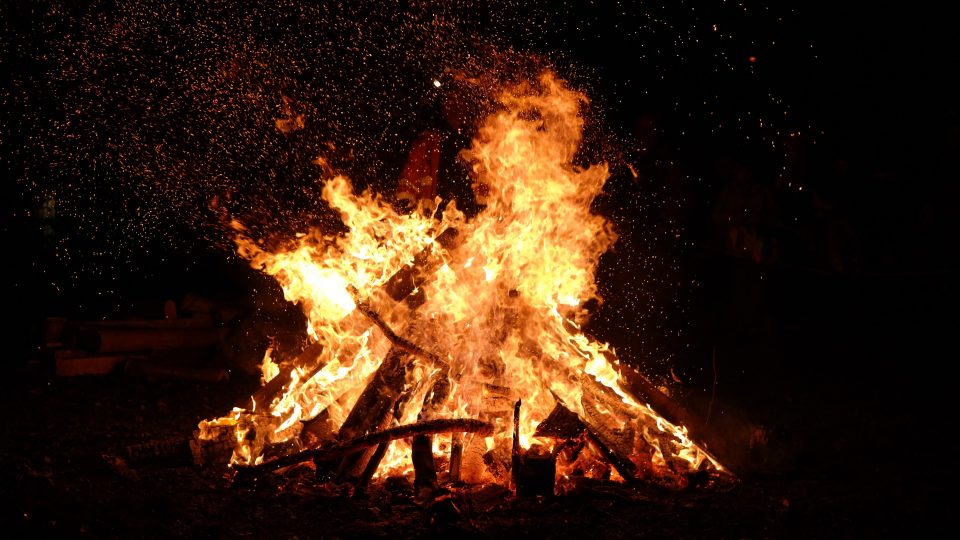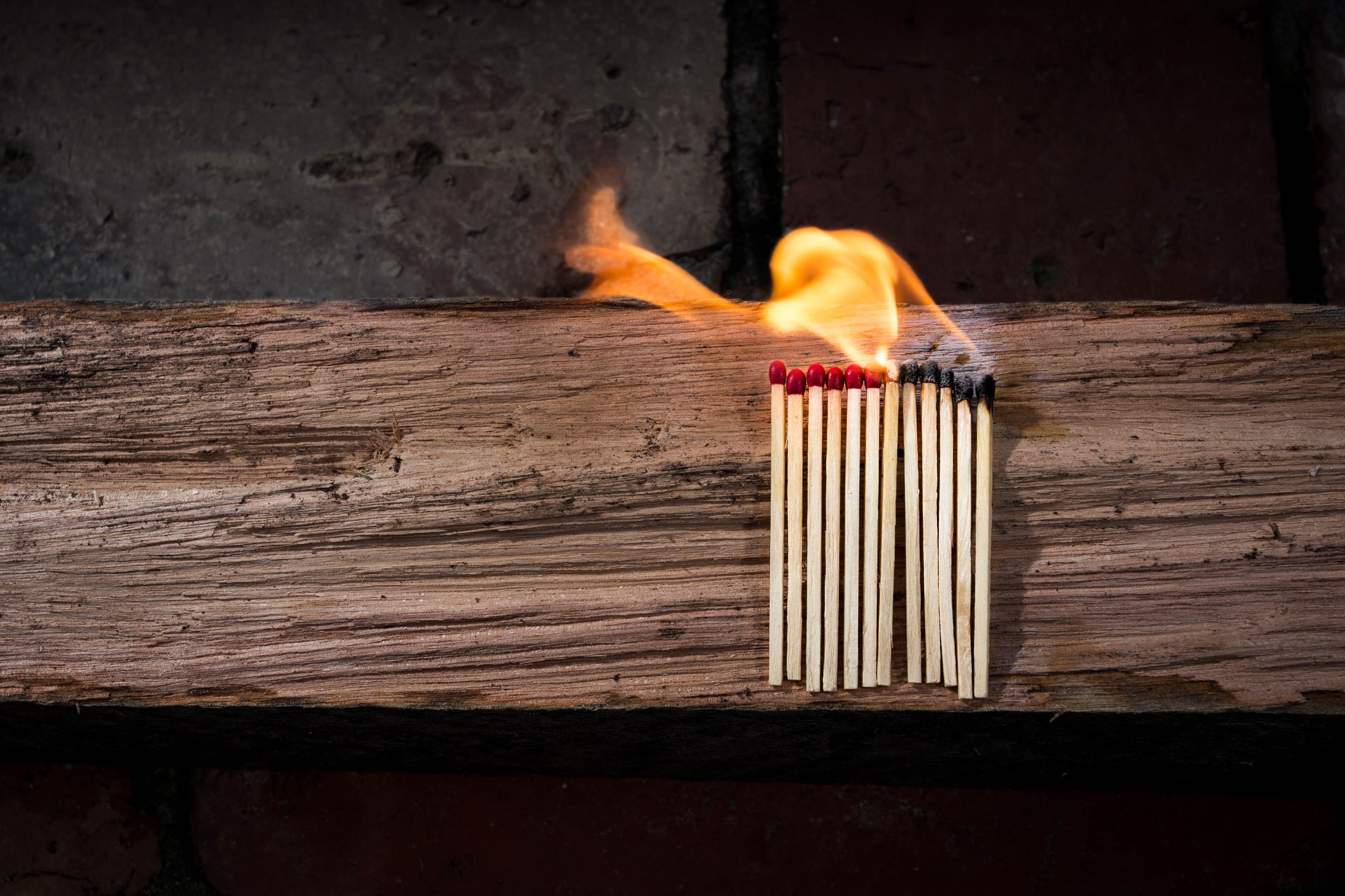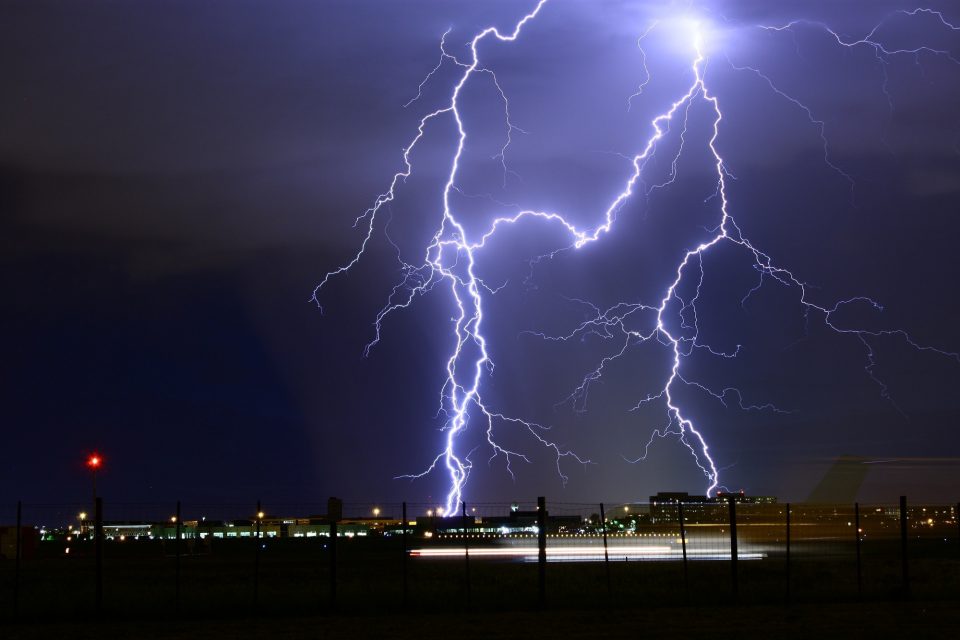The vast majority of burns that present to the ED can be managed as outpatients1,2, usually by the patient’s family doctor, but many emergency physicians do not feel comfortable with burn management. Burn management often follows the preferences and experiences of plastic surgeons, so the overarching caveat for everything below is that you should check with your local plastic surgery group for what they recommend.
Minor Burns
Minor burns are generally considered to be first degree and superficial second degree (aka superficial partial thickness) burns. Use The Four C’s to remember the management of minor burns: cooling, cleaning, covering, and comfort.
Cooling
Run cool tap water over the burn for a minimum of 20 minutes. This may limit the depth of the burn3. There may be benefit to cooling for up to 3 hours after the initial time of the injury, but be sure not to apply ice to the burn as this can worsen the thermal injury.
Cleaning
Use either sterile water or normal saline to clean the burn. You can either use an irrigation or swabbing technique. Debride any loose, dead skin using rough debridement with dry gauze, peeling with forceps, or cutting with scissors4. Proper debridement allows for more accurate staging of the burn. Blister management is controversial, but in general you should de-roof blisters that are large, tense, or restricting movement5.
Covering
First degree burns will heal within approximately 7 days with or without a dressing6. Lotion, antibacterial ointment, aloe vera gel, or even honey can be used to cover and soothe the burn6,7. For superficial second degree burns there are many options. Our local and regional experts recommend a paraffin-gauze dressing like Bactigras, Jelonet, or Adaptic, or a silver-containing dressing like Aquacel Ag or Acticoat. Your choice should take into consideration the size of the burn and follow-up requirements. Smaller burns can be covered with two layers of paraffin-gauze and then a secondary dressing. Daily dressing changes will need to be organized. Larger burns, or burns with mixed depths can be covered with a silver-containing dressing. These patients will need to be followed by Plastics as an outpatient. These dressings need to be changed about once a week, although the dry secondary dressing may need to be changed more frequently due to the large amount of exudate in the early period of healing. Silver sulfadiazine (Flammazine) is no longer recommended (for most circumstances) and has been found to be inferior to most modern burn dressings8.
Comfort
First degree burns can be adequately managed with acetaminophen and NSAIDs, but superficial second degree burns usually will require opioid analgesia. Cleaning and debridement may require a benzodiazepine, sub-dissociative dose of ketamine (See Dr. Simeon Mitchell’s blogpost on the various uses of Ketamine in the ED for more details), or even procedural sedation. Patients should be instructed to take their prescribed opioid (+/- benzodiazepine) 30 minutes prior to a planned dressing change as well.
Patients often experience significant pruritus as their burn heals, which can be managed with oral cetirizine or topical doxepin 5% cream applied BID9. Patients can also return to the ED with neuropathic pain, which can be managed with oral pregablin or topical doxepin 5% cream10.
Additionally, remember to ask about tetanus status for all superficial second degree and deeper burns and update tetanus as necessary. Empiric antibiotics are not recommended for burns, but if you suspect an infected burn, swab the area and talk to your plastic surgeons for rapid-follow up and further ED management.
Severe Burns

Burn centre referral guidelines were last updated by the American Burn Association in 201311. Burns that should be referred to a Burn Centre include:
- Partial thickness burns > 10% TBSA
- Burns involving face, hands, feet, genitalia, perineum, major joints
- Any full thickness burns
- Electrical burns, including lightning injury
- Chemical burns
- Inhalation injury
- Burns in patients with pre-existing conditions that can complicate management, prolong recovery, or contribute to mortality
- Burns and concomitant trauma where the burn poses the greatest risk of morbidity and mortality
- Burns in a child who presents to a hospital not equipped to care for children
- Burns in a patient who will require special social, emotional, or rehabilitative intervention
All burns are considered traumas, and the ABCDEs apply. Call your Plastic Surgery colleagues early for their assistance.
Airway
Look for signs of inhalation injury (soot, singed nasal hairs, stridor, hoarse voice) and intubate early if you suspect it or aren’t sure. These are difficult airways and require an experienced provider to perform the intubation. If Anaesthesia is unavailable, consider using topicalization and ketamine to take an awake look6. Once you are confident you can obtain the airway, a paralytic can be used. Succinylcholine is safe to use in the acute period after the burn. If it’s at all possible, try to use a 7.5 ETT or higher so that the patient can undergo bronchoscopy later.
Fluid Resuscitaiton
Calculate the TBSA of second degree burns and higher, using the rule of 9s for adults, and then use the Parkland Formula (4 cc’s x weight in kg x TBSA) to determine an estimate of the amount of fluid required over the first 24 hours, with half given in the first 8 hours from the time of the burn. It’s important to only use this value as your starting point, and then titrate the amount of fluid to maintain a urine output of 0.5-1 cc/kg/h. Don’t hesitate to decrease the fluid rate if urine output is >1 cc/kg/h, since fluid creep is a significant problem for severe burn patients and can lead to complications such as compartment syndrome and prolonged mechanical ventilation6. Use Ringer’s Lactate for your fluid resuscitation; large volumes of Normal Saline will lead to a significant hyperchloremic acidosis.
Escharotomy
Escharotomy may be required for circumferential burns to the chest, especially if they are restricting ventilation. Use electric cautery if available, and under sterile technique, make incisions along the mid axillary lines bilaterally, and then horizontally just inferior to the clavicles and just inferior to the costal margin. Incise down to subcutaneous fat only; the skin should split apart easily.
Also don’t forget to check for corneal burns, place the patient on 100% O2, and check carboxyhemoglobin levels. Consider cyanide toxicity in patients who were found in an enclosed space, are unconscious, are persistently hypotensive, or have a profound lactic acidosis. Remove jewelry and burned clothes, update tetanus, and keep the patient warm!
Electrical and Chemical Burns
Electrical Burns
Electrical burns can be much more significant than the external injuries and TBSA involved may suggest. If myoglobinuria or hemoglobinuria is present, target a urine output of 1-2 cc/kg/h12. Urine alkalinisation can be considered if the urine is not clearing with fluid resuscitation only.
Chemical Burns
In general, the most important aspect of managing a chemical burn is to ensure the safety of ED personnel. Next, ensure the patient’s clothes are all removed (including shoes), brush any loose debris from the skin, and (for most chemicals) flush the skin with copious amounts of water6.
Calcium oxide, or “dry lime” forms a strong alkali on contact with water and first needs to be thoroughly brushed from the skin6. Phenol is insoluble in water and the skin must instead be flushed with 50% polyethylene glycol. Concentrated hydrochloric or sulphuric acid produces an exothermic reaction on contact with water and instead needs to be neutralized with a soapy solution first.
Acid Attacks
Acid attacks have been on the rise in industrialized nations, and there have been cases in Canada. The goal in an acid attack is most often disfigurement; the most common types of acids used are sulphuric acid and nitric acid. Sodium hydroxide is also sometimes used where there are strong laws regulating the sale of highly concentrated acids. Because the exact acid is usually not known on presentation to the ED it is important to test a small area with water first. If there is an exothermic reaction use a soapy solution prior to flushing with water. Early airway assessment is extremely important; there can be direct injury to the oropharynx, but also inhalation injury from the off-gases.
Summary
- Four C’s for minor burns (Cooling, Cleaning, Covering, Comfort)
- De-roof blisters that are large, tense, or restricting movement
- Best bets for superficial partial thickness burns = Jelonet/Bactigras/Adaptic for smaller, Aquacel Ag/Acticoat for larger
- Early intubation if inhalation injury or concerned for inhalation injury
- Use Parkland Formula as starting point for fluid resuscitation, then titrate to UO 0.5-1 cc/kg/h
- Don’t forget to decrease fluid if UO higher than target to avoid hypervolemia
- Electrical burns require more fluid than thermal burns with same TBSA – target UO 1-2 cc/kg/h
- Ensure safety of all staff with chemical burns
- Remove clothing, brush off debris, flush skin
- Water can worsen some chemical burns (Calcium oxide, Phenol, Sulphuric acid, Hydrochloric acid)
- Acid attacks – Sulphuric acid, nitric acid common
References:
- Singer AJ, Dagum AB. Current management of acute cutaneous wounds. N Engl J Med. 2008;359(10):1037–1046
- Pauldine R, Gibson BR, Gerold KB, Milner SM. Considerations in burn critical care. Contemp Crit Care. 2008;6(3):1–11.
- Cuttle L, Pearn J, McMillan JR, Kimble RM. A review of first aid treatments for burn injuries. Burns. 2009;35(6):768–775
- Block, L., King, T. W., & Gosain, A. (2015). Debridement techniques in pediatric trauma and burn-related wounds. Advances in wound care, 4(10), 596-606
- Sargent, R. L. (2006). Management of blisters in the partial-thickness burn: an integrative research review. Journal of burn care & research, 27(1), 66-81.
- Greenhalgh, D. G. (Ed.). (2016). Burn care for general surgeons and general practitioners. Springer.
- Jull AB, Rodgers A, Walker N. Honey as a topical treatment for wounds. Cochrane Database Syst Rev. 2008;(4)
- Wasiak, J., Cleland, H., Campbell, F., & Spinks, A. (2013). Dressings for superficial and partial thickness burns. The Cochrane Library.
- Bell PL, Gabriel V. Evidence based review for the treatment of post-burn pruritus. J Burn Care Res. 2009;30(1):55–61.
- Wong L, Turner L. Treatment of post-burn neuropathic pain: evaluation of pregabalin. Burns. 2010;36(6):769–772
- American Burn Association. (2013). Burn center referral criteria. Available at: http://www. ameriburn. org/BurnCenterReferralCriteria. pdf. (Accessed Jun 15, 2018)
- Barret JP. (2005). In: Principles and practice of burn surgery. Barret-Nerin JP, Herndon DN, editors. New York: Marsel Dekker; pp. 1–32.




